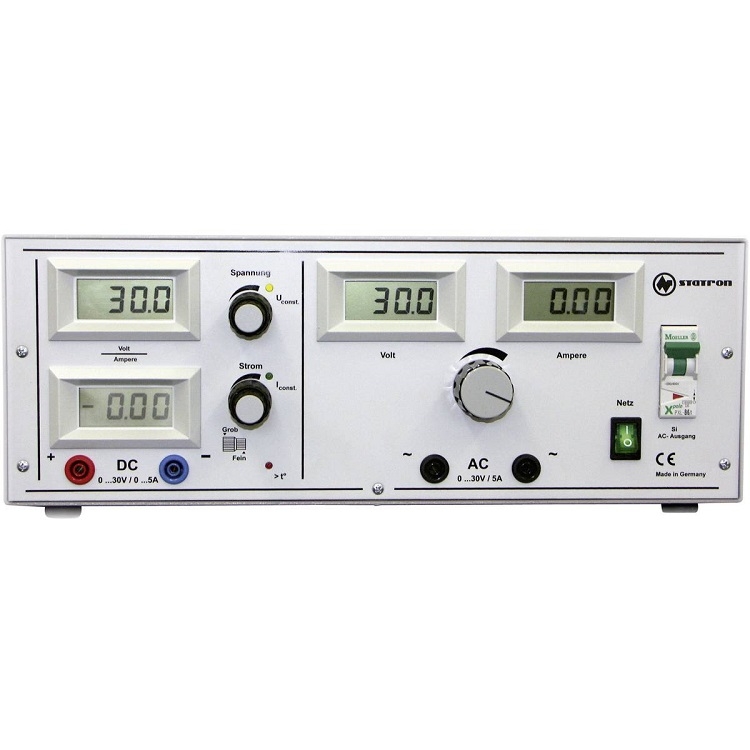
There are thousands of different switching regulators on the market, and users choose the type they want based on different parameters, such as input voltage range, output voltage range, maximum output current, and many other parameters. In this article, ADI introduces current mode, an important feature commonly found in data books, and analyzes the advantages and disadvantages of this mode.
Figure 1. Basic working principle of current mode regulator

Current mode regulator analysis
Figure 1 shows the basic working principle of a current mode regulator. Here, the feedback voltage is compared not only to the internal reference voltage, but also to the zigzag voltage ramp used to generate the PWM signal required for the power switch. In a voltage mode regulator, the slope of this slope is fixed. In a current mode regulator, the slope depends on the inductor current, which is calculated from the current measurements at the switching node shown in Figure 1.
This is the difference between a current mode regulator and a voltage mode regulator. Current mode regulators offer several advantages. The first is that the inductor current is adjusted immediately as the input voltage (VIN in Figure 1) changes. As a result, input voltage change information is fed directly to the control loop, even before the output voltage (VOUT in Figure 1) tracks such a change in the input voltage.
The advantages of current mode control technology are so obvious that most switching regulator ics on the market use this current mode control working principle.
Figure 2. Simplified control loop compensation through current mode control, with a Bod diagram showing only one unipolar point in the power stage

Another key advantage is simplified control loop compensation. The Bode diagram of the voltage mode regulator shows a double pole; In contrast, current-mode regulators generate only one unipolar point in the power stage, resulting in a 90° phase shift, rather than a 180° phase shift of two poles. Therefore, it is easier to compensate the current mode regulator, and it is also more stable. Figure 2 shows a simple conversion function for the power stage of a typical current mode regulator.
Figure 3. Switching node voltage: subharmonic oscillation using a current mode regulator

However, in addition to the advantages mentioned, the regulator also has disadvantages. The current mode regulator cannot perform the required current measurement immediately after the switch is made, because the measurement results would contain a large amount of noise if the measurement were made at this time. Need to wait a few nS for the noise caused by the switch to abate. This period of time is called the blanking time. This usually results in a minimum on-time that is slightly longer than the minimum on-time of a voltage mode regulator. Another disadvantage of current mode regulators is that they can produce subharmonic oscillations.
As shown in Figure 3. If the duty cycle required is greater than 50%, the current mode regulator may alternate between short and long pulses. In many applications, this is considered unstable and needs to be avoided. In ADI's view, to avoid this instability, a certain ramp compensation can be added to the generated current ramp shown in Figure 1. In this way, the key duty cycle threshold can be adjusted to much higher than 50%, ensuring that subharmonic oscillations will not occur at a higher duty cycle.
Even these limitations mentioned earlier (due to blanking time and the resulting duty cycle limits) can be circumvented by IC design. For example, one remedy is to use low-end current detection, which measures the inductance current during a shutdown, rather than during a on-off.
Conclusion
